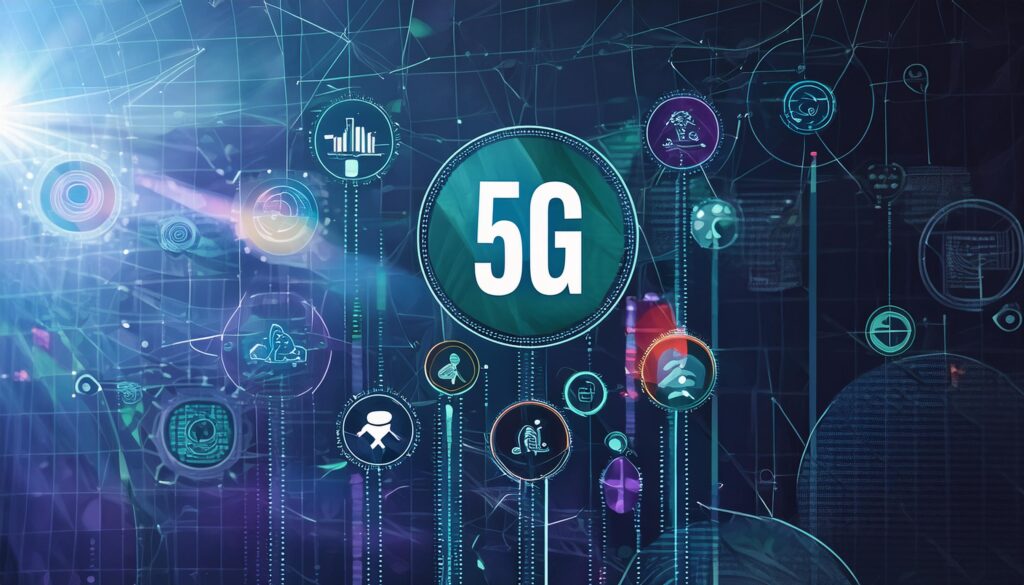
2G: The Digital Age Begins (1992)
Digital coding of phone calls was the major break away from the first generation of cellular technology during the introduction of 2G. In 1992, 2G networks were the first to provide data services and SMS text messaging. Nevertheless, this technology was very slow by today’s standards; hence it limited any digital communication to essential services only.
3G: Empowering the Multimedia Age.
Drawing its roots from 2G, third-generation (3G) networks had a much higher data transfer speed. This development facilitated the birth of video calls and improved internet browsing for smartphones that were gaining prominence at that time which made 3G networks well suited for the emerging smartphone market. The higher speeds and reliability of 3G opened up a variety of applications requiring constant high-speed internet connection and providing multimedia as well as mobile internet became mainstream.
4G Networks: Changing the Face of Wireless Broadband
The eruption of fourth generation (4G) networks found mobile communications at its peak with ultra-broadband internet. This technological leap provided incredible data transfer speeds that made it possible for 4G networks to be used by mobile devices, USB wireless modems and even home-based internet services. The user experiences were completely changed due to the high speed connectivity that made streaming uninterrupted, downloads faster and real-time games possible, thus raising the bar for mobile internet.
The Future of Connectivity: 5G
Fifth generation (5G) is the latest mobile technology to be developed with an assurance of incredible speed and connection. It has a data transfer rate that is ten times faster than 4G, so extremely low latencies are achieved and many devices can be connected at once. This new norm is not just an improvement; it also makes room for smart cities, autonomous vehicles or sophisticated internet of things applications among other novel uses. With this new generation, industries are set for a revolution because it provides the foundation for a highly automated and interconnected world.
The Influence of Changing Mobile Networks
2G to 5G evolution is a reflection of the rapid advancements made in mobile technology, each new generation building on previous ones to offer better functionalities and newer possibilities. They have not only improved communication but also reshaped how we relate with the world thus bringing about new applications and services that were unthinkable.
Understanding these generations makes one realize the technological landmarks which have molded modern communication and shows what 5G onwards can bring in future.